Between June 12th and July 12th, a collection of concrete lattice walls created by Junior students were showcased in the courtyard outside the Caihe building at the School of Architecture, South China University of Technology (SCUT). The walls were crafted using 3D printing technology to create silicone molds, and then made using Aalborg Excel UHPC to produce decorative concrete walls with distinctive creativity and aesthetic functionality.
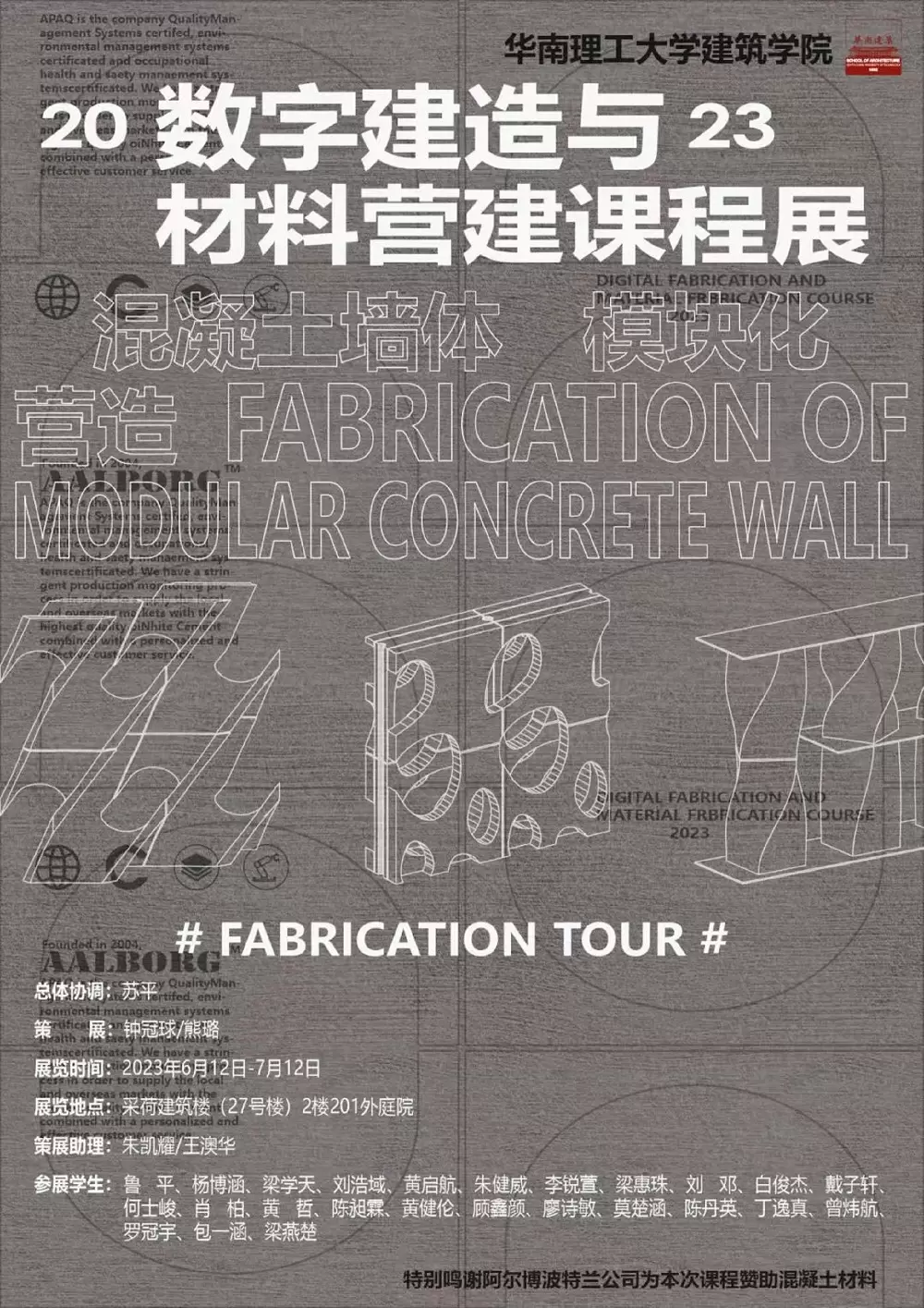
Digital Fabrication and Materials Construction is an innovation course in SCUT architecture that explores the integration of digital technology and the application of building materials, with a special focus on the modular construction of concrete walls in 2023. The course introduces students to the latest digital construction technologies in the field of construction, enabling them to master and apply digital tools and advanced materials to create efficient, environmentally friendly and innovative building structures.
Design objective
The aim of this course is mainly to create a sturdy lattice wall on the Northwest side of the first floor of Building 27, School of Architecture, South China University of Technology, while also incorporating innovative and practical features. Students are responsible for designing the lattice wall, paying close attention to the node design during the actual construction process. Additionally, they utilize digital construction technology to build a partial wall measuring about 1 meter by 1 meter and an overall model at a scale of 1:5.
To begin the project, students will investigate and observe the unique features of the site(image as below). From there, they will be tasked with designing a scheme for the former location of the lattice wall in Building 27. At the end of the course, students will carry out the actual construction of their design.
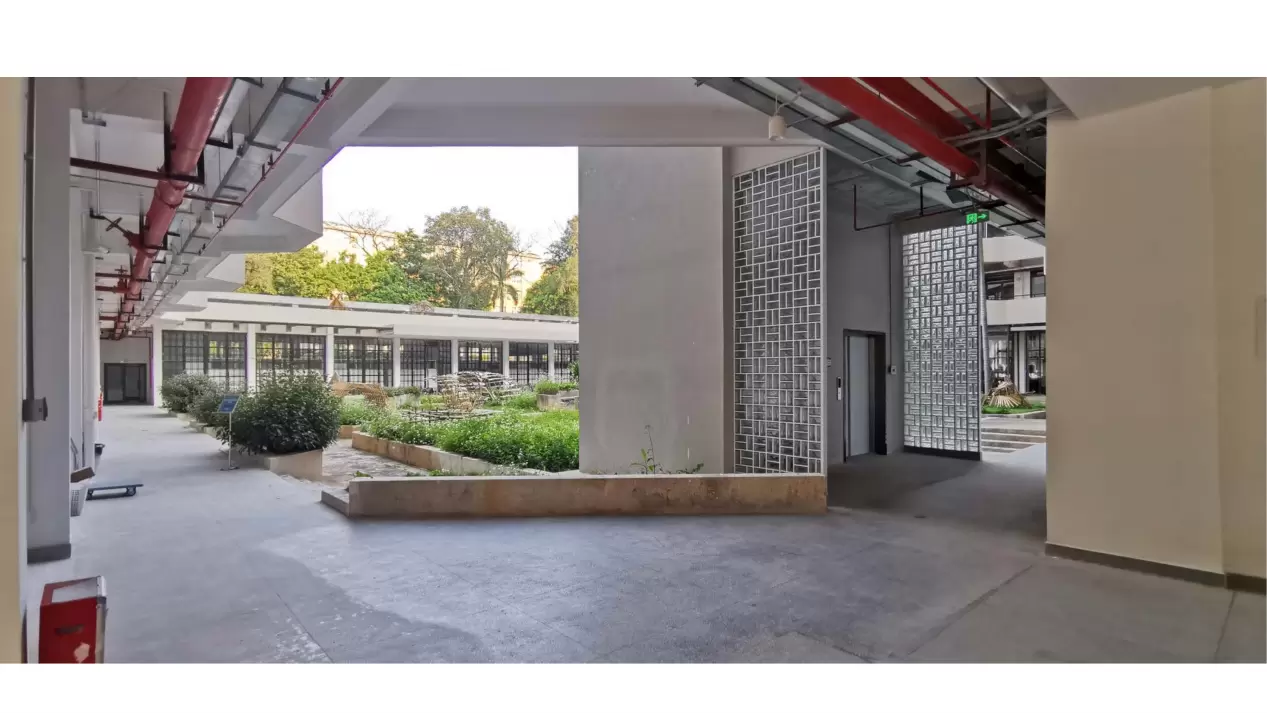
Experimental practice
In the first stage of the experiment, which lasted for 5 weeks, students were introduced to the properties of concrete such as ratios and casting techniques using Aalborg White CEMI 52.5 white cement. They also selected the appropriate template materials and tested the blocks. (images on the right)
Moving on to the second phase, which involves design and construction, a lattice wall made of concrete modules was digitally constructed over a period of 2 weeks. The process involved combining 3D printing technology with Excel UHPC to achieve a 1:1 node design, overall optimization, and finally construction.
Evaluation process
On the day of the evaluation, the teams not only presented a video display and a drawing report on the design, but also demonstrated the actual construction process and technology of the digital modular design and concrete model, which was very innovative and resulted in a fantastic display. The judges showed great interest in this design and construction, asked relevant questions, and gave valuable suggestions for improvement. After the evaluation, the drawings will be showcased in an exhibition at the College for the following month
Results:
Design Theme: Twisted lattice wall
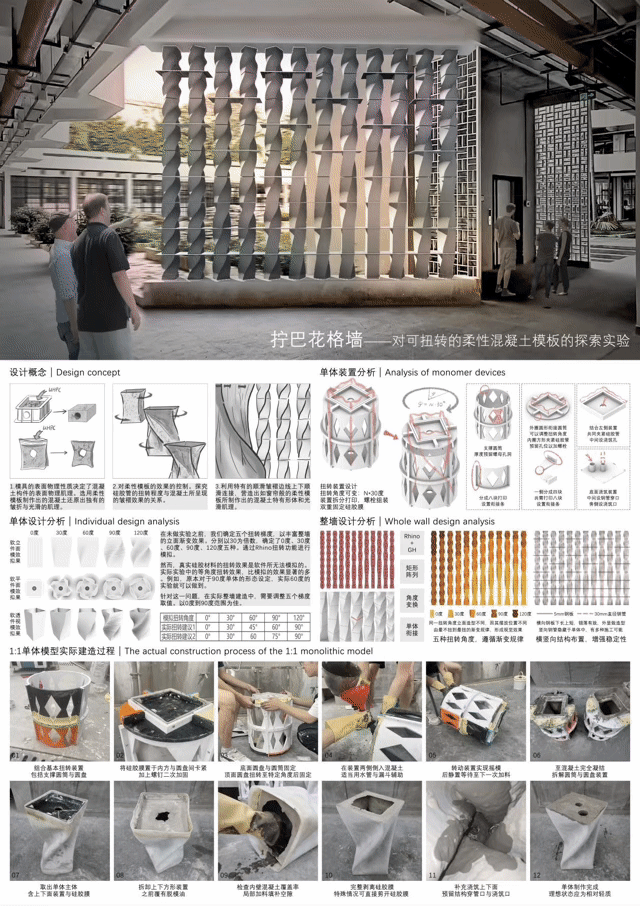
Design Theme: The attempt of concrete module wall from minimal curved surface
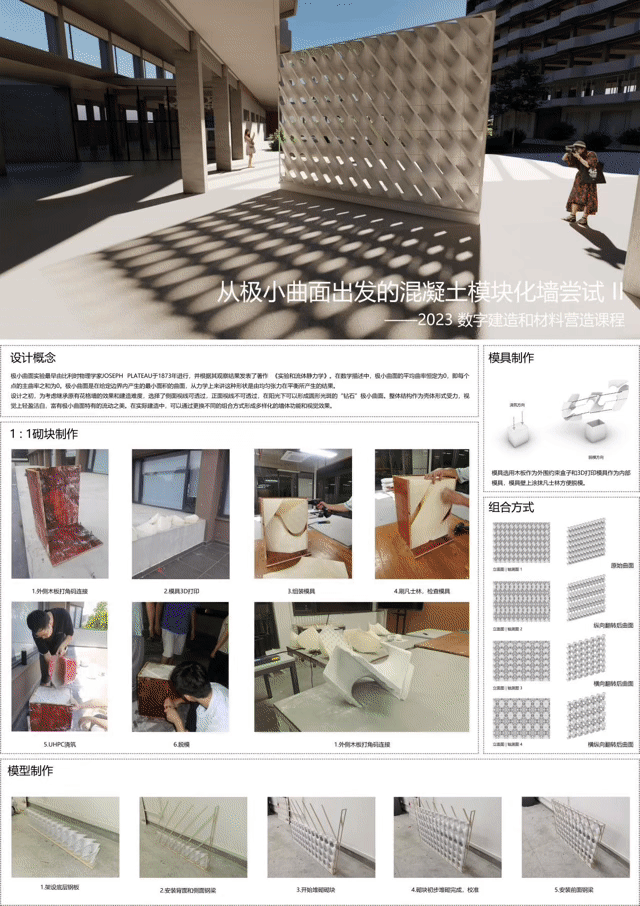
Design Theme: Rainbow Shadow & Flowing Light
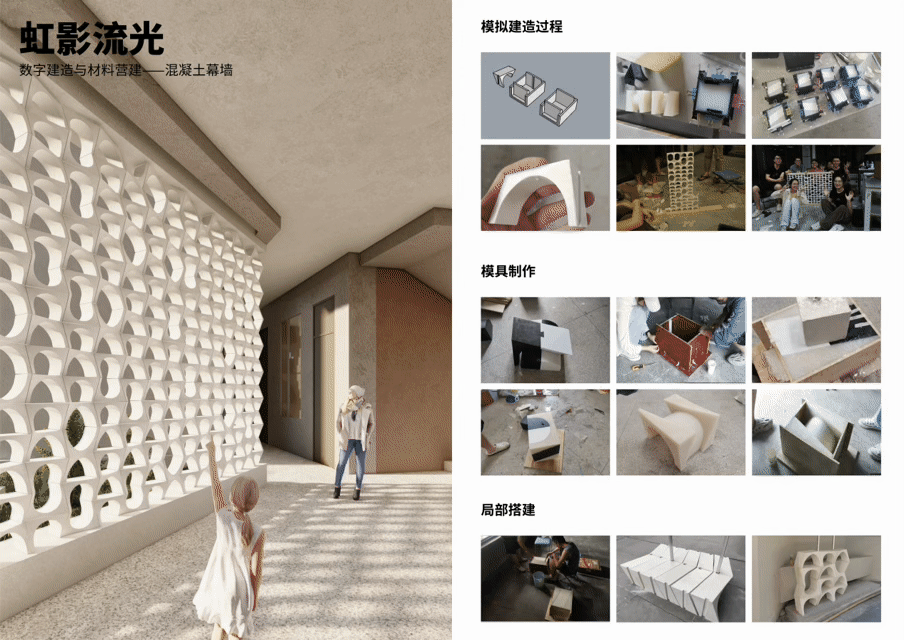
Design Theme: Breezy though the moon
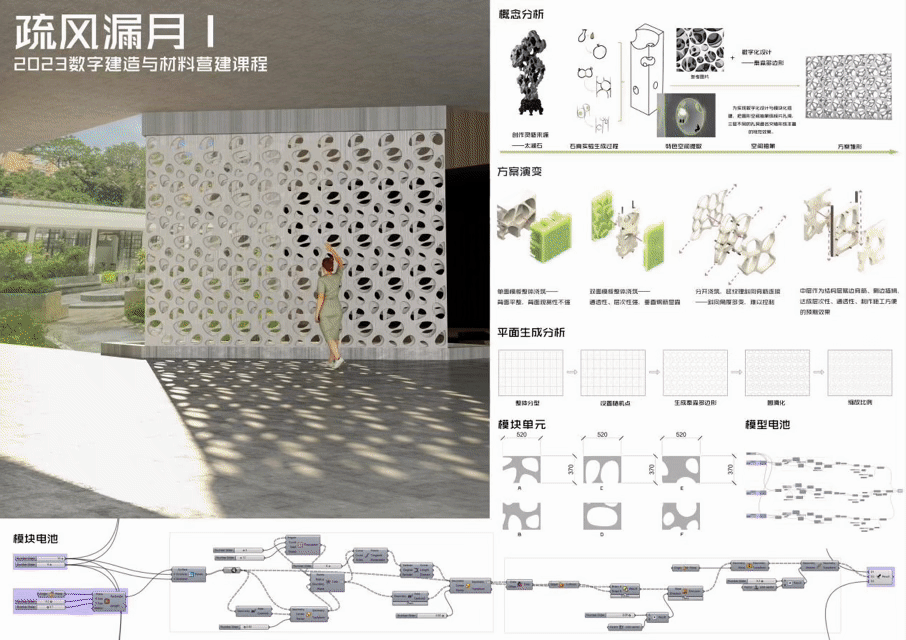
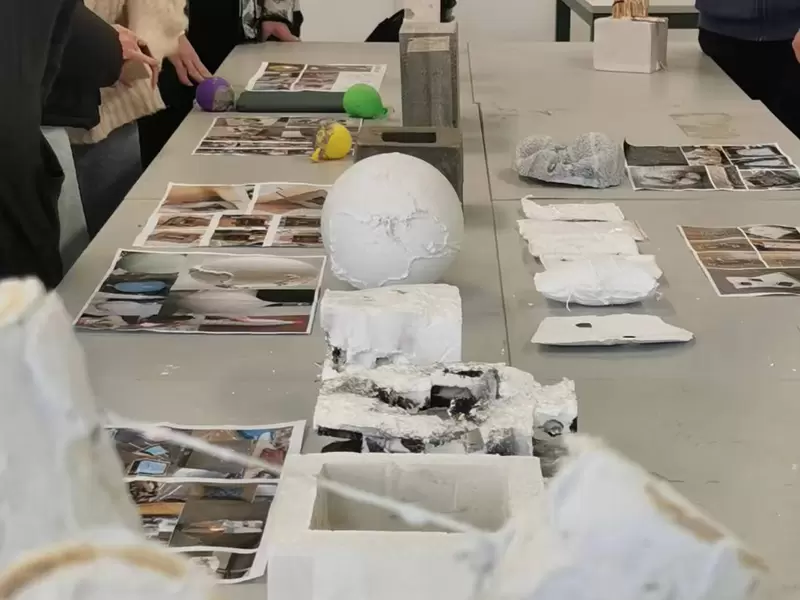
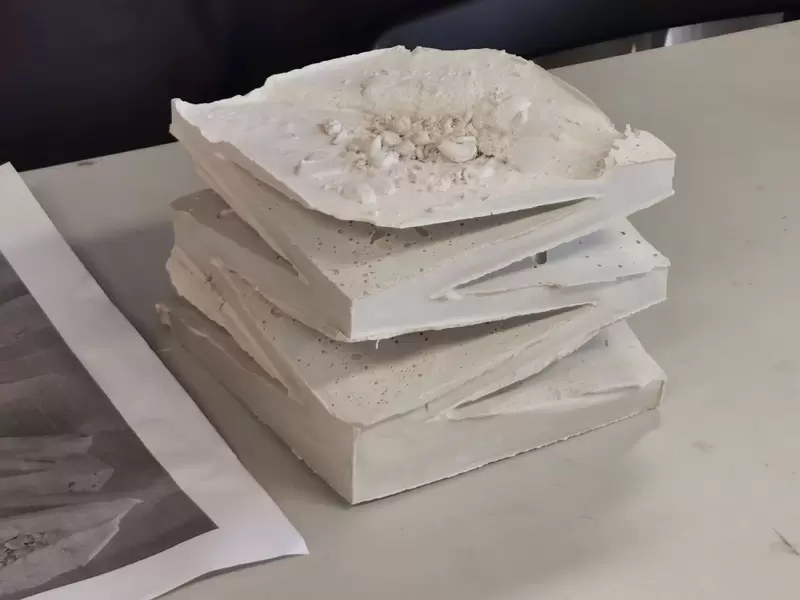
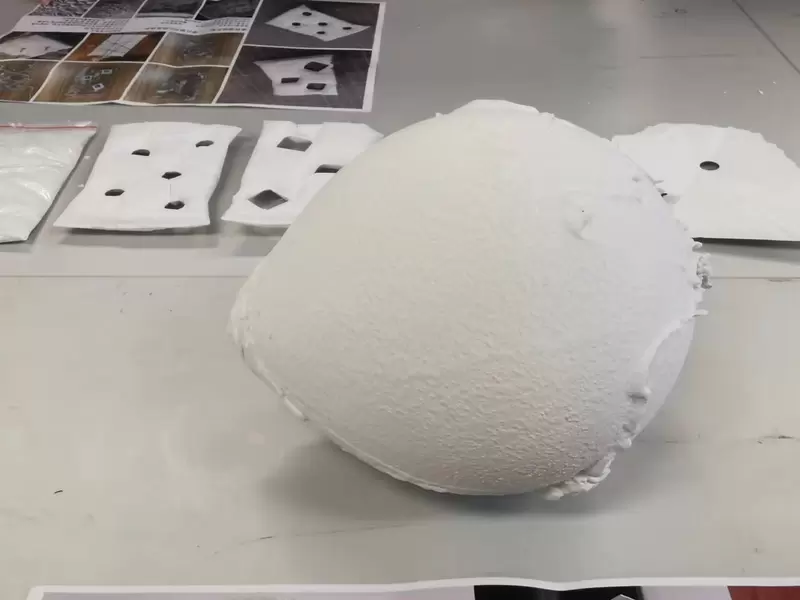
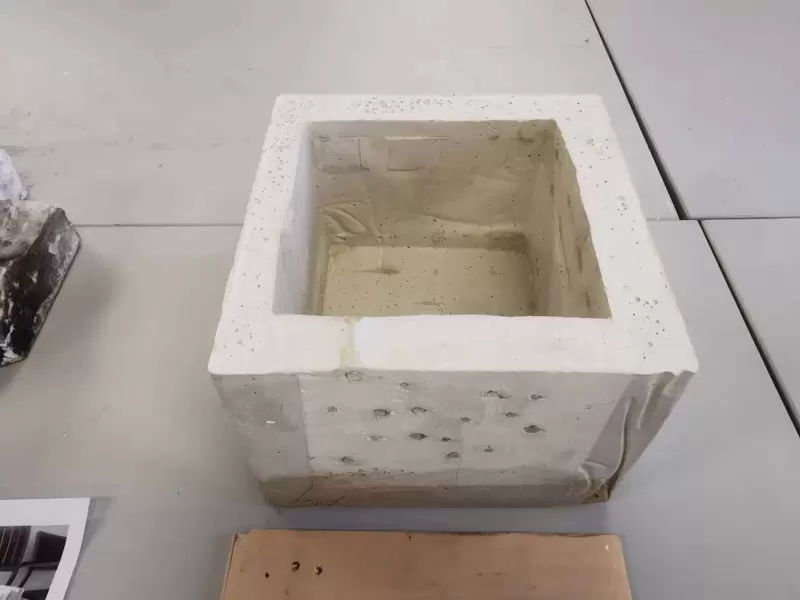
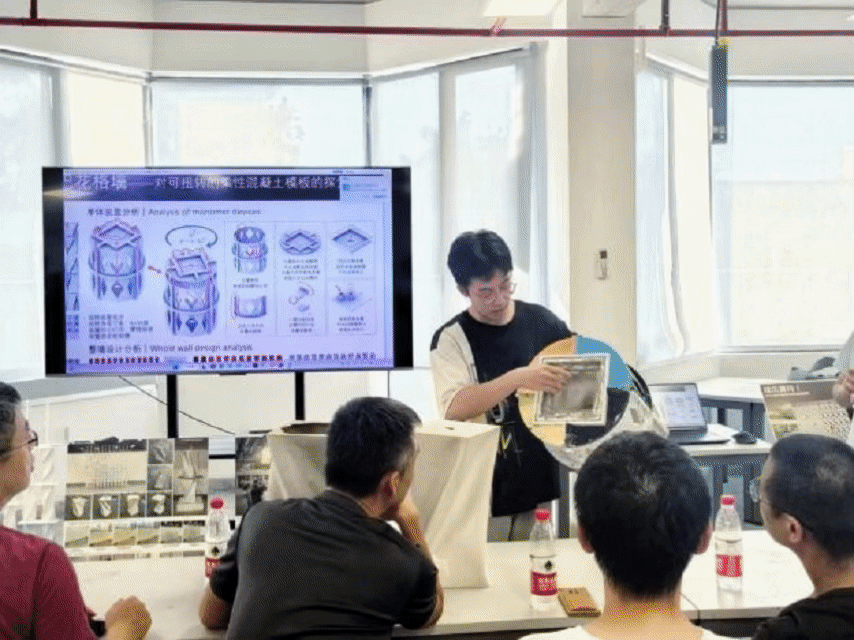


Share on